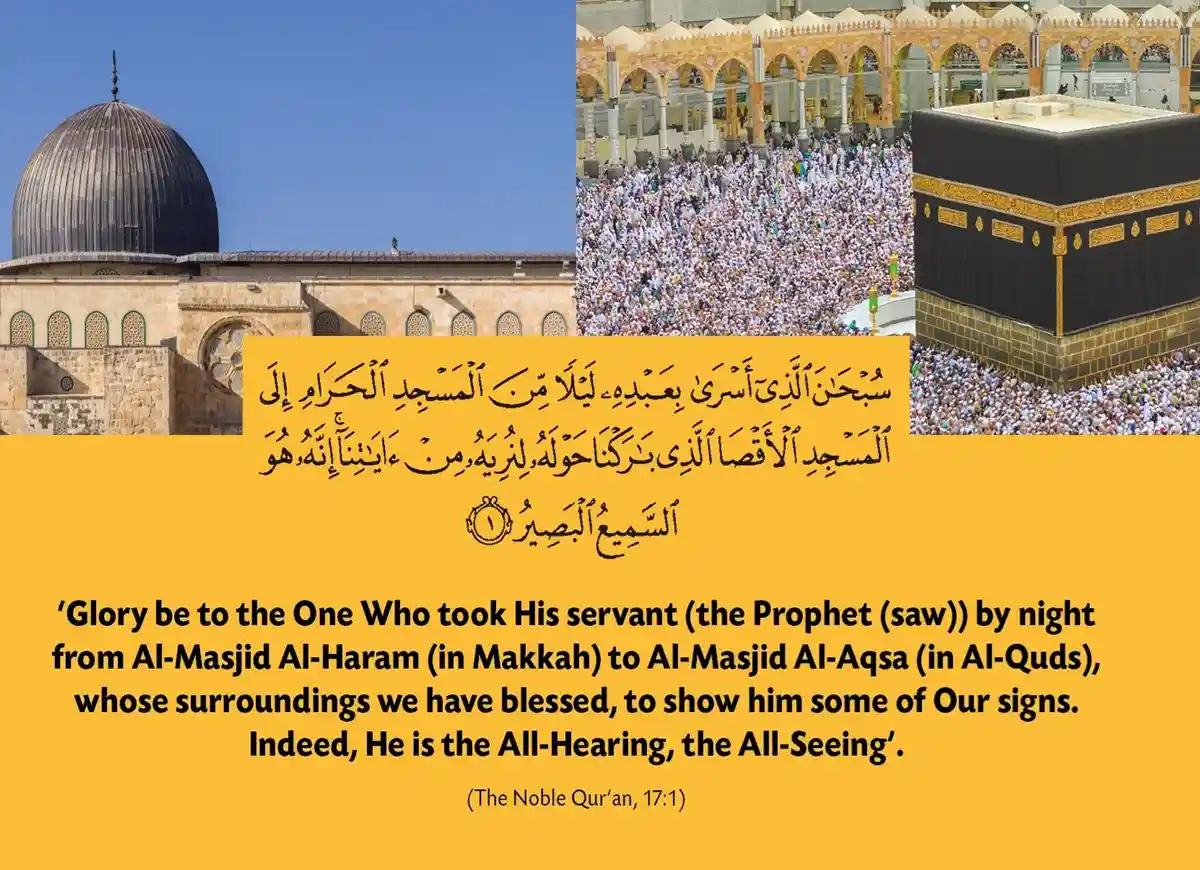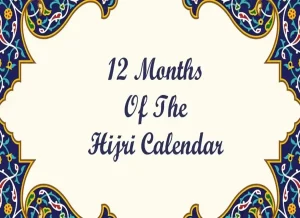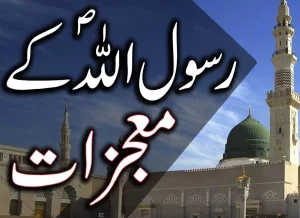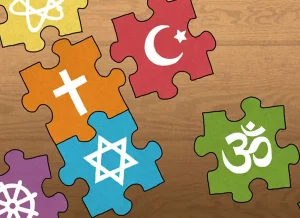Exploring the Holiness and Significance of Islamic Pilgrimages, Unveiling Sacred Spaces that Inspire Devotion”
What is the hajj? 2. Why is Mecca such a significant place for Muslims?
Are there any additional Islamic religious rites that you are aware of?
Which religious holidays are most important to Shi’a Muslims?
Islamic sacred locations; five Islamic sainthoods
A pilgrimage is a necessary part of being human. Similar to those of other faiths, pilgrims’ travels usually entail distinctive customs, stories, and societies. The most well-known trip to Mecca and its environs, the hajj, is frequently linked to the concept of pilgrimage in Islam. “The less hajj” is how people refer to the other connected pilgrimage, the umrah.
Is there a word for hajj?
The Hajj is undoubtedly the most well-known pilgrimage in Islam. It is one of the five pillars of the faith and is considered a duty for all Muslims who are in good health and have the resources to go to Mecca. In the month of Dhu al-Hijjah, it is imperative. Hajj involves a number of rituals, including as the sa’i (the traversing of the hills between Safa and Marwah) and the tawaf (the loop around Ka’bah). Similar to the hajj, umrahis can be done in any season.
There is another way for pilgrims to reach the Grand Mosque of Mecca, which houses the sacred site. Numerous Qur’anic verses mention the path leading to Ka’bah Ka’bah. One of these, found in 5.97, is that God built the Kabah, the Sacred House, and maintains it for the sake of humanity, along with Sacred Month, the unarmed, and the sacrificial offering.
You should realize that God is aware of this.
Everything that is on earth and everything that is in heaven. (Translation by Bakhitiar)
A significant amount of Islamic practice is derived from hadiths, which are accounts of the Prophet’s life. Certain literature provide instructions on how to carry out the hajj-related ceremonies. For example, according to one hadith, the Prophet offered two rak’a for the “asr prayer” at Dhu al-Hulaifa and four rak’a from tohr at Medina.
This is a hadith; additional sources instruct Muslims on how to carry out the particular hajj rites, which include specific prayers and supplications, as well as the order in which the procedures related to the hajj should be followed.
Because they provide guidance on the appropriate prayers to give at certain locations, pilgrimage guides are also a valuable source of information for Muslims. They were accessible in written form for a considerable amount of time and are still in use now. In addition, Muslims have the option of using smartphone applications or electronic versions of pilgrimage guides for the hajj, umrah, and other pilgrimages that are referred to as ziyarat.
Hajjin has also altered in several ways due to technology. Back then, the only ways to get around were by land or water because the trip was not only long but also difficult and dangerous. Traveling to Mecca has become more easier for Muslims because to aviation progress.
There are also well-known tour companies that provide package offers that include Umrahand hajjare; you may see their ads online, in Islamic literature, and on billboards.
Why is Mecca of such importance to Muslims?
Muslims regard Mecca as important for a number of reasons. The Prophet went back to Mecca before he passed away because he was a native there. There is a place called the Hiracave atop Jabal al-Nour where it is stated that the prophet had his first revelation. Another way to characterize Islam is as an Abrahamic monotheistic religion with strong roots in both Christian and Jewish customs.
Muslims hold the view that Mecca is the location where Abraham and Ishmael built the Ka’bah, which is mentioned in Qur’an 3.96. The Prophet Muhammad, in accordance with Muslim tradition, restored the Ka’bah (officially known as “al ka’bah al’musharrafah”) to its original status as a monotheistic temple to protect Muslims from polytheism that had taken over the site in earlier generations.
Several cultural relics highlight the importance of Mecca to Muslims. along with the pious obligations associated with Mecca and its environs. Many objects have pictures of Mecca’s Ka’bah on them. The Ka’bah can be seen inside Muslim homes, on carpets, and on posters in addition to carpets and Muslim places of prayer.
Islamic traditions are replete with images of the sacred site, rendered in a variety of media such as paintings, sketches, and prayer rugs. Hajj guides, manuals, maps, and certificates, in addition to paintings, sketches, and other artistic depictions, reflected and recorded the pilgrims’ experiences as they traveled from the Hijaz to far-off locations like Southeast Asia and Africa.
The 15th-century illustrated scroll known as the “Hajj Pilgrimage Certificate” attests to the fact that Maymunah, one of Muhammad ibn ‘Abd Allah al-Zardali’s daughters, made a pilgrimage to Mecca and paid a visit to the prophet Muhammad’s tomb in the 836th year of AH (1432/1433 CE). The entire scroll serves as an illustration of the principal points of the pilgrimage to Mecca and the Prophet’s tomb in Medina.
Exist any additional sacred places in Islam?
Beyond the Hajj and Umrah, Muslims travel extensively for religious purposes all over the world. These excursions can be as small-scale as visiting family graves in Javanese villages or as large as yearly pilgrimages to places like Mashhad and Karbala.
These alternative religious pilgrimages are becoming more and more popular because of some of the hajj’s restrictions. With over 1.7 billion adherents worldwide, only two million Muslims are able to complete the annual Hajj due to security concerns and limited space at the sacred sites.
Another barrier is the expense of the hajj and the distance from many Muslim communities. As a result, Muslims all around the world take part in additional pilgrimages known as ziyarat. These trips are nevertheless well-known even though they aren’t seen as obligations in the same sense as the hajj.
The fact that there are so many places that are visited according to these customs and that they often represent the diverse religious and cultural practices of different Muslim groups is another element that might be responsible for their appeal.
For instance, the tombs of Sufi saints, the expansive Shi’a imam burial complexes, the mountains encircling holy cities, and the Bosnian woodlands are some of the most well-known ziyaratsites.
The religious meaning of using ziyarat is a topic of much discussion. The main point of contention in these debates is who has the right to determine what constitutes appropriate Islamic tradition. Though they are not widely recognized and some Muslims find them uncomfortable, religious customs that do not involve the conventional hajj are nevertheless practiced widely across the world, from Africa to Southeast Asia.
Which pilgrimages hold special significance for Shi’a Muslims?
Muslims all around the world have their own pilgrimage traditions that are distinct from the umrah and the hajj. Certain customs are specific to a single community, such as the regional pilgrimage ceremonies in Southeast Asia.
In other instances, Muslims from all around the world participate in the pilgrimage as a worldwide event. Apart from the hajj, the clearest illustration of this is the umrah and the most popular Sufi sites, like Rumi’s grave in Konya, Turkey, and the Shi’a cross-cultural pilgrimages.
For Shi’a Muslims, family is very significant. This includes the Prophet’s family as well as the families of his daughters Fatima and her husband Ali, who is the prophet’s nephew. The majority of Shi’a consider them to be the Twelve Imams and their family, and they consider it their duty to visit the tombs of the Imams and their relatives.
One of the most sought-after Shi’a locations is the shrine of Imam Reza, which is situated in Mashhad, Iran. At six million square feet, this complex of shrines is the largest mosque in the world. Up to twenty million people have congregated at Imam Husain’s shrine in Karbala to celebrate his martyrdom, known as the Arbaeen celebration, making it the site of the largest pilgrimage in the world.
Islam’s view of sainthood
The topic of sainthood and its importance in Islam is an intriguing one. Islam lacks a canonization process, unlike the Catholic Church, for instance. The term “saint” is commonly used in academic literature to refer to both “friends from God” and “awliya” (wali or song).
They are regarded as being near Allah. Sufis like Rumi, whose tomb in Konya welcomes millions of visitors every year, and Rabiah, buried in Basra, Iraq, are commonly considered to be among the awliya.
In other cases, those who are near to Allah are particular to their culture; they include the Wali Songo, the Indonesian saints who created Islam. Along Java’s coast and in its interior, there are several Wali Songo burials.
Residents, as well as Indonesians from other islands in the archipelago and Muslims from Cairo, patronize the oldest mosques on islands like Lombok. Though they are not as well-known as the Imam who passed away and is thought to be in an occultation state, these Imams from the Twelver Shi’a Imamate are comparable to the early Christian martyrs.
The Islamic holy area
A fundamental question in comprehending Islamic pilgrimage is the sacredness of space. The Ka’bah is the name of the prayer site, where Muslims focus their daylong prayers toward Mecca. To help Muslims find themselves during the daily prayer, hotel rooms frequently employ stickers or symbols to indicate the Qiblah, or direction for prayer.
Like other Muslims, Shi’a typically travel to Mecca for prayer. They also often place their foreheads on the ground to symbolize the earth’s sacredness or use a prayer rock (turbah) composed of clay from a city named Shi’a.
Muslims believe that the earth is a creation of God, which is why they say, “The world is your prayer mat.” The Prophet’s Hadith, in which the Prophet states that “Everywhere on Earth is a place for prayer, except for restrooms and graveyards,” most likely served as the inspiration for the proverb.
Nevertheless, whether or whether the idea is genuine, the Islamic understanding of space does not rest on the more common Western division between religion and secularism.
Islamic customs such as taking off shoes before entering a mosque, shrine, or home suggest that any location where prayers are said is holy. Because of their historical significance—such as who is buried there or how many pilgrims visit—some locations are more revered than others. the community sense of brotherhood that these religious people inspire.
The holy sites connected to the Islamic pilgrimage ritual are shaped by the importance of the awliya’ and other notable Muslims. For example, the history of Medina has been molded by the Prophet Muhammad’s tomb (al-masjid al-nabawi), the location of the Prophet’s body and graveyard, and the narrative that shaped the first Muslim congregation (ummah). Many of the Prophet’s family and associates are buried in the graveyard called Jannat Al-Baqi, which is located next to his mosque.
The fact that he added to and renovated his little mosque—the first ever constructed in Islam—which also functioned as his home during his lifetime is evidence of the widespread appeal of pilgrimage to Muslims, whether they travel to Mecca, Medina, or any other location in the world.
Categories: PRAYER (Salat), ALMS (Zakat), SAWN (Fasting) HAJJ (Pilgrimage) & DUA (Supplications), Hadith and Tafseer, The Holy Quran, Quran Jaz 1- 114
Topics: Ushr and Zakat, Hijab, Arabic Corner, Faith, Islamic History, Biography, Sirat ul Nabi PBUH, Islamic Studies, Halal & Haram
Hajj:
- What is Ihram Haji ? | Hajj and Umrah-Quranmualim
- Importance of The Days of Zil Hajj | The Day of Arafah
- Define Menses during Hajj and Umrah | Mina in Makkah
- The Holy pilgrimage of The Messenger | The Rituals of Hajj
- 3 Types of Hajj | Tamattu | Ifrad | Hajj Qiran – Quranmualim








